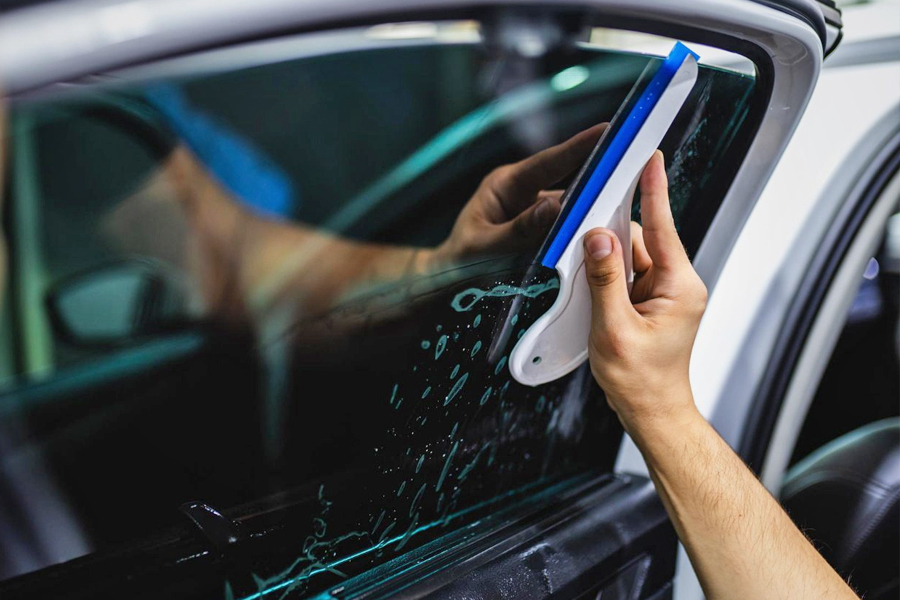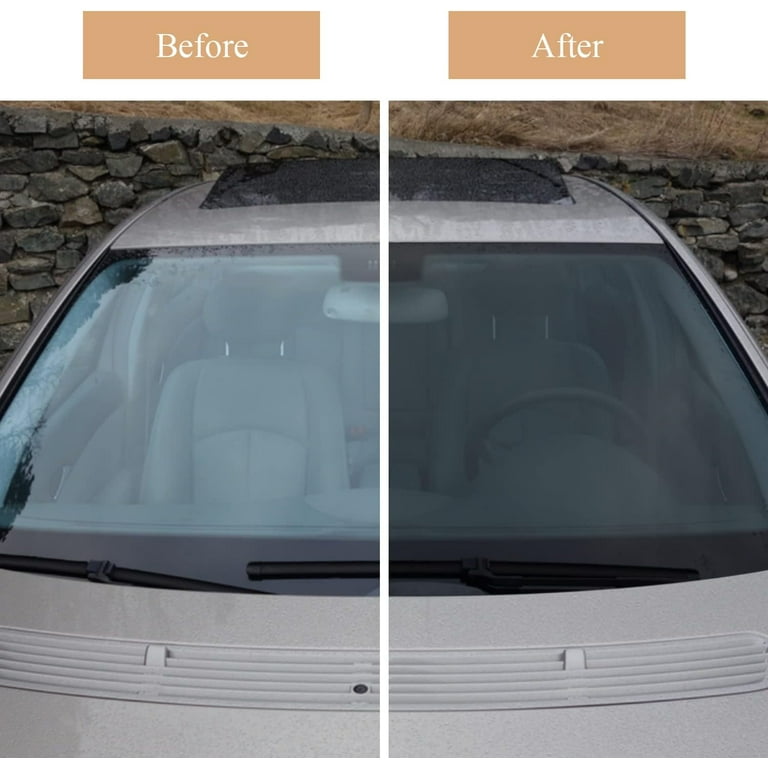Top-Rated Car Window Tinting Solutions in Your Area
Top-Rated Car Window Tinting Solutions in Your Area
Blog Article
Window Tinting Regulations and Standards: What You Need to Know Prior To Tinting Your Vehicle
Prior to continuing with window tinting for your car, it is crucial to familiarize on your own with the diverse regulations and standards that regulate this technique across various states. These regulations determine the allowable levels of tint darkness, often measured by visible light transmission (VLT) percents, and consist of details terms for front windscreens intended at guaranteeing road safety.
Overview of Window Tinting Laws
Window tinting laws are frequently based on variant across different territories, showing regional laws and safety factors to consider. These laws dictate the permissible degrees of tint darkness and reflectiveness on lorry home windows, guaranteeing that vehicle drivers maintain appropriate presence while additionally protecting versus dangerous UV rays and warmth.
Many regulations classify home window tinting based upon the Visible Light Transmission (VLT) percent, which indicates the amount of light that can go through the home window. Normally, lower VLT portions signify darker colors. Regulations typically distinguish in between the front, side, and back home windows, with stricter limitations related to the front windshield to boost safety and security for both the motorist and other road individuals.
In addition, some jurisdictions impose limitations on the reflectivity of the color, preventing too much glow that might hinder visibility. Exceptions to these regulations might exist for people with particular medical problems needing additional sun security. Conformity with window tinting guidelines is important, as offenses can lead to penalties, mandatory elimination of the color, and prospective boosts in insurance costs. Consequently, it is necessary for vehicle proprietors to familiarize themselves with neighborhood laws before waging home window tinting installments.
State-by-State Tint Rules
Recognizing the particular home window tinting regulations in each state is crucial for automobile owners seeking to follow the regulation. Each state in the united state has established its own set of regulations controling window tinting, which can vary considerably. These laws typically dictate the allowable degrees of tint darkness, the types of home windows that can be tinted, and any type of clinical exceptions that might apply.
For instance, states like California have strict limitations on tint darkness for front windows, while others, such as New Mexico, may enable darker tints. In addition, specific states mandate certain exposure percentages for different home windows, consisting of the windshield, front side home windows, and rear home windows. It is important for vehicle proprietors to familiarize themselves with their state's laws to stay clear of prospective penalties or charges.
Additionally, some states might call for a certification sticker to be placed on colored home windows, showing conformity with state laws. Failure to adhere to these policies not only runs the risk of legal repercussions yet can additionally affect safety and exposure while driving. Therefore, car proprietors ought to perform extensive study or speak with local authorities to guarantee complete understanding and compliance with state-by-state tint policies.
Allowed Tint Levels and Kinds
Lots of car proprietors may be surprised to learn that enabled color levels and types differ widely across different states. Each state has developed its own regulations concerning the acceptable darkness and reflectivity of home window tint, usually measured by Visible Light Transmission (VLT) portions. VLT describes the amount of light that can travel through the tinted home windows; thus, a reduced percentage suggests a darker color.

Furthermore, the types of tint products allowed can vary, with some states prohibiting metal or mirror-like finishes. It is vital for vehicle owners to acquaint themselves with their state's certain laws to make sure compliance. Non-compliance can result in fines, compulsory elimination of the color, or other lawful repercussions, making it important to comprehend these laws before waging setup.
Medical Exemptions for Tinting
While not all states offer allocations for clinical exemptions relating to window tinting, those that do identify the necessity for particular individuals to boost visibility and convenience as a result of medical problems. Different medical problems, such as lupus, skin cancer, and particular eye problems, can provide individuals specifically sensitive to sunshine. As a result, these individuals may require darker tints to shield themselves from dangerous UV rays and glow.

It is very important to note that despite having a clinical exemption, there may still be limitations on the level of color permitted. Conformity with state laws makes certain that individuals are both protected and within legal limitations. Those considering medical exceptions need to call their local Division of Electric motor Cars or equivalent authority to comprehend the demands and treatments essential to look for an exemption properly.
Fines for Non-Compliance
Falling short to abide with home window tinting laws can result in substantial fines, which vary by state. Police are equipped to release citations for automobiles that do not comply with the specified tinting regulations. These charges normally include penalties, which can range from small amounts to several Web Site hundred bucks, relying on the seriousness of the offense and the state concerned.
In some territories, duplicated offenses may cause rising penalties or extra penalties, such as compulsory court appearances. Moreover, non-compliance may necessitate the removal of unlawful tinting, usually at the proprietor's cost. In extreme cases, habitual culprits may deal with suspension of their vehicle registration until compliance is accomplished.
In addition, insurance coverage implications may occur from receiving several citations for home window tint offenses. Insurance companies might view such offenses as an indicator of riskier habits, possibly resulting in increased costs or difficulty in insurance coverage.
To avoid these charges, it is important for automobile owners to acquaint themselves with their local window tinting regulations and guarantee that their lorry complies (Window Tinting). This proactive approach not just stays clear of lawful implications however also promotes road safety
Conclusion

A lot of policies identify window tinting based on the Visible Light Transmission (VLT) portion, which indicates the quantity of light that can pass with the window. Conformity with home window tinting laws is important, as offenses additional info can result in penalties, compulsory elimination of the tint, and prospective increases in insurance costs.Recognizing the particular home window tinting regulations in each state is crucial for automobile proprietors looking for to comply with the law. These guidelines commonly determine the permitted degrees of tint darkness, the kinds of windows that can be tinted, and any type of clinical exemptions that might use.
For instance, states like The golden state have rigorous restrictions on tint darkness for front windows, while others, such as New Mexico, might permit check here darker tints.
Report this page